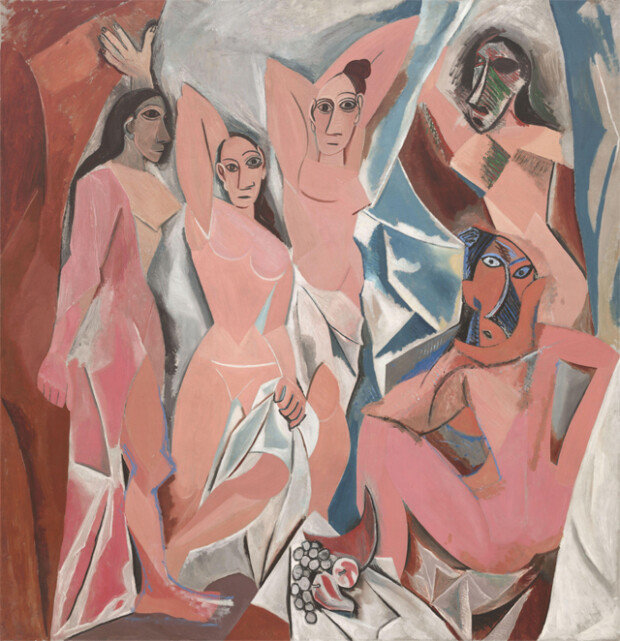The eye for art of a young art director: Alfred Barr
The eye for art of a young art director: Alfred Barr
Posted February. 14, 2019 07:54,
Updated February. 14, 2019 07:54

The quality of an art museum is determined by its collection. One of the reasons why the Museum of Modern Art in New York, which started off in a leased building without a single owned collection, was able to become one of the greatest art museums in the world was not only its numerous donators and supporters, but the work of its first director Alfred Barr, who had a keen eye to recognize artworks and built a great collection.
"Les Demoiselles d'Avignon," known as one of the first works of cubism, is one of the museum's better known collections that have lifted the profile of the museum. Painted by Pablo Picasso at the age of 25, there are five nude women in the picture, who are prostitutes in the brothel of Barcelona. The mask worn by the women on the right hand side reflects the artist's interest in primitive arts. The fruits on the front represent Vanitas, or futility. It reminds us that physical pleasure is temporary, and the body will wither and disappear with the passage of time.
Picasso did away with the old tradition of art as a means of expressing objects in reality and created a whole new artistic style with the objects seen from multiple perspectives. However, it was so shocking that it had been hidden for several years in a corner of the artist's atelier. The painting, which was first revealed to the world in the 1916 Salon d'Automne in Paris, was later owned by a collector and later was exhibited in New York in 1937. Barr was one of the first people who recognized the artistic value of "Les Demoiselles d'Avignon." It was out of MoMA's budget at that time, but he did not give up. He sold Edgar Degas' painting, convinced a sponsor and used funds to bring the painting into MoMA's collection in two years. As a young scholar of art history, he became the museum's first director at the age of 27, winning the hearts of the founders, who interviewed him and considered him fit for the innovative and competent position they were looking for. With a keen eye for art, passion for collection, bold decision-making and the ability to win sponsorships, Barr led MoMA for 40 years before retiring at 65.







